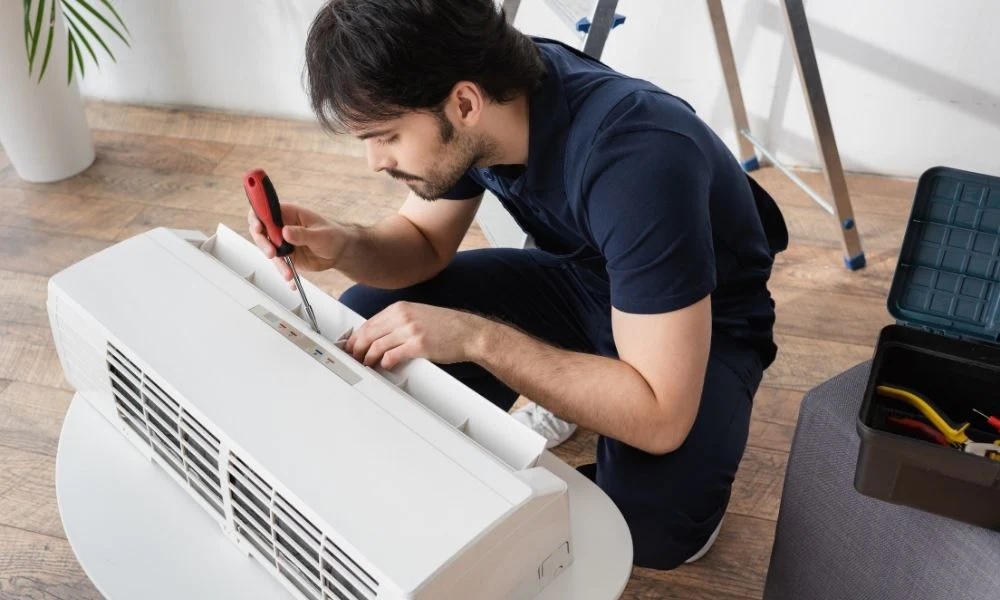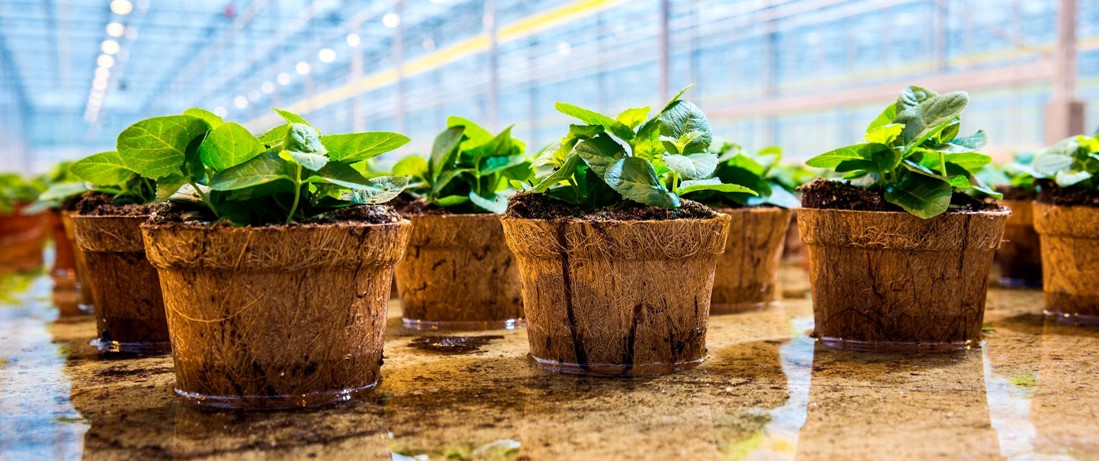Did you know that your set to recover close to 300% on the cost of lawn upkeep when you sell your home? Clearly, maintaining a good-looking lawn is worth all that effort!
Brown patch lawn disease is one of the most common conditions affecting American lawns today. A fungus, most often Rhizoctonia solani, causes the blades of the grass to brown and wither. Because it’s a fungus, it appears as circles on the lawn—hence the “patch” descriptor.
There’s no denying this disease is unsightly. Read on for our treatment tips if you’re keen to return to a uniformly green lawn.
Watch Your Watering
Brown patch fungus is fond of damp, humid conditions.
To help manage this insidious disease, you need to control how much water your lawn is exposed to at any one time. Observe the weather, and if it rains or the humidity is high, reduce your watering frequency. Try to water in the morning or early afternoon, so the blades of grass can dry in the sun.
Use a Fungicide
If you’re seeing brown patches in the lawn, it’s a clear sign you have brown patch lawn disease. One of the quickest ways to get this problematic issue under control is by dousing the circles in fungicide. Just be sure what you’re dealing with is actually brown patch and not another fungal, viral, or bacterial lawn disease.
Are you concerned about applying a fungicide correctly? If yes, hire a lawn care professional like RDS Lawn Care to do it for you.
Manage Damp
To avoid lawn patches of any kind, it helps to keep your yard free of deep shade. This means regularly pruning back dense trees to allow more sunlight and putting in gardens instead of lawns where your home or other structures create shade.
If areas of your lawn are constantly boggy, try to get to the cause of the problem. Hire a professional to fix any drainage issues.
Aerate Your Lawn
One of the best ways to control brown patch is to turn over your lawn regularly. Depending on your climate, soil type, and grass type, you should do this every six months to two years. For example, a lawn grown on heavy clay soil will need aerating more often than one grown on loamy topsoil.
A wide range of tools is available for this task, from garden forks and aerating shoes to motorized aeration machines.
Choose Resistant or Native Grass Varieties
If you manage to identify brown patch, and it keeps coming back year after year, it might be time to consider a different grass variety.
Native grasses are increasingly popular for lawns in America since they’re better adapted to resist disease and climate extremes. Some people are even choosing to replace their lawns with hardy flowering groundcovers like clover to create a habitat for wildlife like native pollinators.
Recovery from Brown Patch Lawn Disease Is Possible
For homeowners who pride themselves on their perfect lawn, brown patch lawn disease is a true menace. The takeaway here is that your lawn will recover with the right treatment plan and ongoing maintenance. Just be sure to do your research to determine which methods will work best in your climate, lawn size, and grass type.
For more helpful homeowner tips and tricks, browse the other articles on our website.










Comments